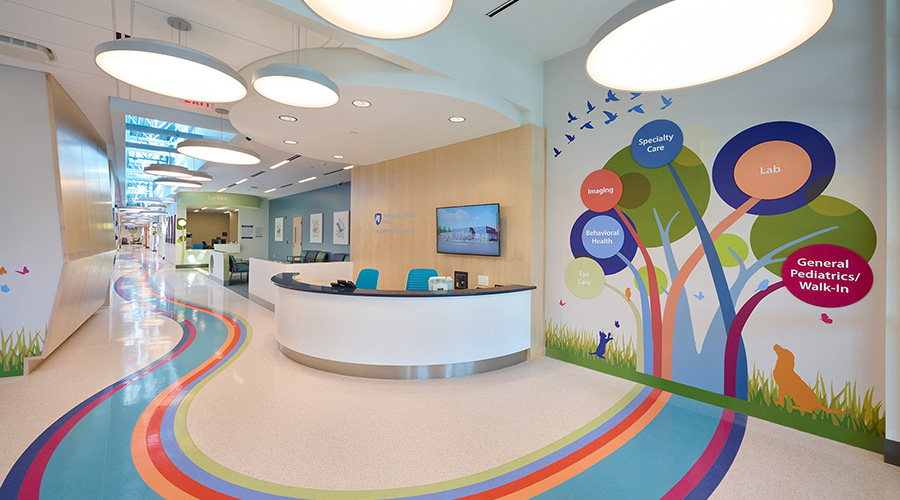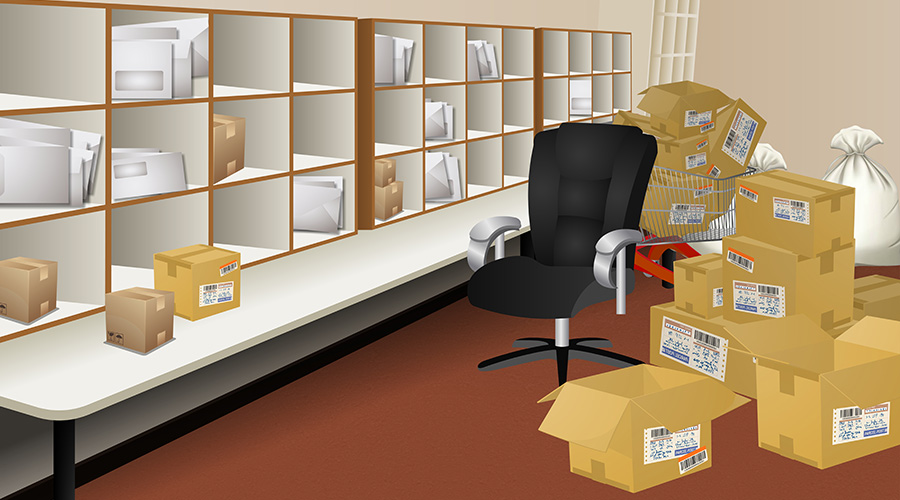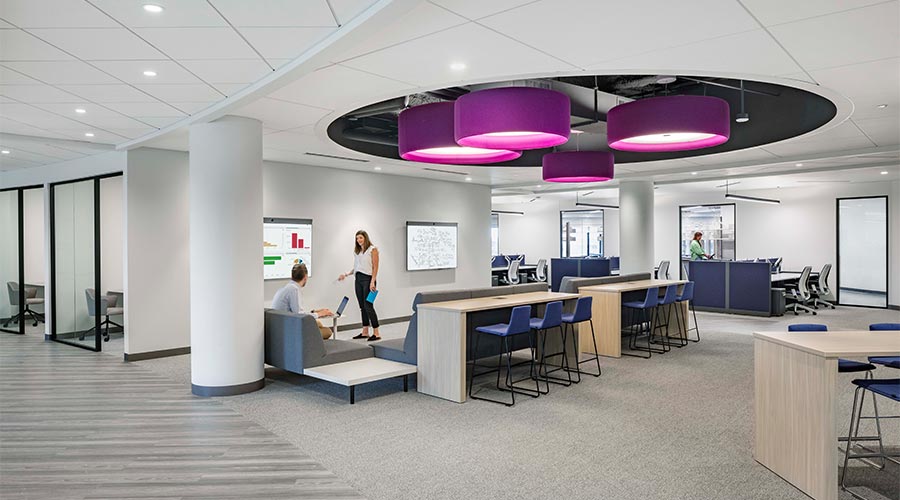Restroom Costs: Now or Later
When trying to design a cost-conscious restroom, it is important to ask which cost is more important: first cost or life-cycle cost. While finding a balance is important for every building owner, most industry sources say long-term operating costs will almost always be greater than first costs.
The dilemma, of course, is that trying to reduce life-cycle costs may increase first costs. What building owners need to remember is that it’s often a question of pay now or pay later. Cheaper fixtures cut down on first costs, but if they can’t stand up to heavy traffic, abuse, vandalism and long-term wear and tear, they end up having to be repaired often or sometimes replaced, adding to life-cycle costs.
A range of factors goes into deciding what equipment is best for certain restrooms and at what costs. One key is the volume of traffic. In a high traffic area, first cost should not be as much of a concern as life-cycle costs should. For example, a battery-powered flush valve is initially cheap compared to the hardwired system, but if it’s put in a high-traffic area like a stadium or an airport, the battery would need to be replaced almost once a week. On the other hand, the same flush valve could be very cost effective if put in an area where there is moderate to little traffic.
While it is crucial to determine the volume of traffic, it is also important to know who will be using the facility, according to Steve Laratta, manager of market segment development of office buildings for Georgia Pacific.
For example, for a restroom in a stadium, the owner is going to go for capacity, not aesthetics. But if an owner is going to put a restroom in a high traffic area of an office building, he or she is going to want both capacity and looks, according to Amy Walker Barrs, market segment leader for office buildings for Kimberly-Clark.
Another important consideration is durability. As with capacity, it can’t be considered in isolation. In an office building, for example, if the fixtures are durable and the aesthetics are lacking, occupants won’t leave with a good impression of the facility.
The relationship between aesthetics and durability is complex. It’s always a mistake to use equipment that is not durable enough, says Suzanne Shaw, director of marketing and customer services for Chicago Faucets. “You wouldn’t believe what some people do to bathroom equipment on purpose.” But building owners need to remember that aesthetics can also have an impact on durability. “If a bathroom is aesthetically pleasing yet durable, vandalism tends to not be as much of a problem,” says Shaw.
To take some of the worry about how durable a product is, a lot of building owners and manufacturers are turning to touchless fixtures, which are sensor-operated and do not require occupants to lay hands on the fixtures to operate them.
“Touchless equipment doesn’t get as beat up as manual equipment does,” says Jerry McDermott, vice president of marketing and development for Technical Concepts. “Some people smack manual flush valves with their elbows or hands, or they kick them. That wears out the equipment. With an automatic system, no wear is involved on the flush valve, and the same amount of water pressure is used every time.”
“Touchless equipment also cuts down on waste,” says Frank Lastowski, director of sales and marketing for Zurn Industries.
One of the biggest mistakes made when it comes to cost-conscious restroom design is when those who are in charge of the design don’t search out the best alternatives and instead settle for what is initially recommended. There is a full range of different products on the market that fit different needs for different designs. First costs may be higher for some products, but in the long run, if the product is durable and fits in the restroom, the life-cycle costs will be kept down, saving owners money in the long run.
Place to Start
When it comes to restroom design decisions, neither first costs nor life cycle costs is the place to start. The question of how to balance the two can only be answered after another issue is addressed: identifying the owner’s objective for the facility, says Kirk Allen, Optima product line manager for Sloan. “This would include the type of tenants, building usage, etc.” That decision sets the tone for the restroom’s appearance and performance.
Another key factor is communication, says Jon Dommisse, corporate marketing manager for Bradley Corporation. The designer needs to know exactly what the owner’s goals are for the restroom. Once those goals have been identified, the designer can incorporate them into plans for the space.
Communication is also important between the owner and the builder of the
restroom when it comes to cost. “Life-cycle costs are important to the owner or operator of the building because they have to foot the bill if anything needs repair or replacing,” says Gunnar Baldwin, senior spec manager for TOTO USA. For the builder, however, reducing first costs is often a priority. The owner must be sure that contractors don’t take steps that reduce first costs but increase life-cycle costs.
Beyond Costs
It’s important to recognize that cost isn’t the only factor building owners need to pay attention to in restroom design. Another crucial issue is compliance with the Americans with Disabilities Act, says Tom Trueb, president of Truebro. ADA is of course a legal concern, but it’s more than that. It’s a perfect example of the impact restrooms can have on building occupants.
Ignoring the impact of restrooms on people is an all-too-common mistake, especially if cost control is a high priority.
But when it comes to restroom design, the bottom line isn’t entirely financial. If a person has a negative experience in a restroom, he or she may view the entire building negatively. “Public restrooms are a major building amenity, utilized regularly by all building occupants and visitors,” says Alan Gettelman, director of marketing for Bobrick. “From a property management perspective, they should be clean, properly maintained, fully stocked with consumables, and functional at all times.”
Related Topics:











